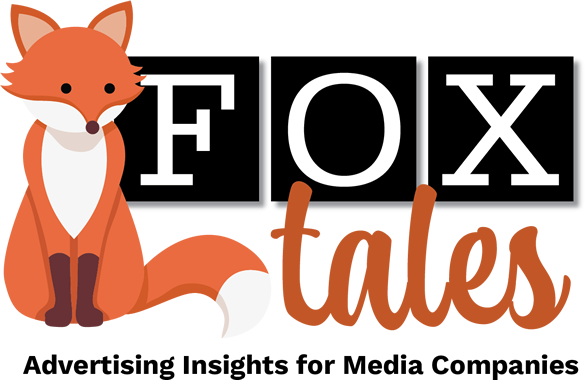Regular readers of Fox Tales know that we publish an ongoing series of profiles and Q&As with vital players in the media and advertising economy. As part of that series, we recently caught up with Arlene Wasserman, vice president and director of research sales for Harvey Research, the media-industry research firm that specializes in advertising, audience and content research.
Harvey, based in Fairport, New York (near Rochester), is a well-known resource for the media business, including association publishing. It was founded in 1953.
Media brands commission research from Harvey on a variety of topics, including audience research, ad/campaign effectiveness across platforms, and print ad readership, among others. As the media changed, so too has Harvey Research. For example, Wasserman mentioned that demand for custom content research has increased, and recently, Harvey did a survey for one brand that focused on audience attitudes about sustainability.

Arlene Wasserman.
Following is a transcript of our conversation, lightly edited for brevity and clarity.
Fox Tales: Why do publishers seek to do outside research?
Arlene Wasserman: Whether there’s an internal research department or not, the benefit of using third-party, experienced professionals to guide an impartial study can make it all the more valuable. That will produce insightful questions that get beyond awareness and purchase consideration to the softer effects of changing minds and opinions.
DIY approaches can backfire. Once questions are out there you can’t take them back, so knowing how to pose questions and knowing the pitfalls of what to ask and what to avoid, can make a difference.
Fox Tales: What should publishers be doing with research that they may not be doing currently?
Wasserman: They should meet with an experienced, impartial research professional to uncover needs and objectives they may not have recognized. For example: A publisher was looking for research to satisfy a large advertiser’s request. We suggested a study that measured several advertisers at once for the same price, satisfying the client and yielding far more usable data. Whatever the objective, media organizations use the information that’s gleaned from research to improve their offerings and grow revenue!
Fox Tales: What topics do publishers often seek insights on?
Wasserman: This depends on whether it’s an ad, audience, or content survey. Brand awareness, competitive readership, purchase habits, editorial preferences are just a few popular topics that allow publishers to gain insights on their audience.
Given changes in audience habits through the pandemic, recent ad studies often include some audience components that are useful for updating media kits. Likewise, audience studies can capture information useful for sales.
One example was an audience-research study that really had nothing to do with advertising, but one of the questions we asked was, “Are you more likely, less likely, or just as likely to click a sponsored article as an ad replacement?” Although it was an audience survey, we were able to glean valuable information from it just by asking the right questions.
The most frequent requests are for ad studies because these are the revenue generators for a publisher. Ad studies take shape in different ways. For example, multiple ads can be measured in a single print issue. Or it could be online ads running during a 30-day period. Single advertiser studies are popular too, measuring an ad or custom-content campaign across the publisher’s platforms (including newsletters, social media, and podcasts) to substantiate ROI and/or lift, and to provide audience comments about
the ads, content, publication, and more.
The takeaway: When you go to a research expert to design a survey, they’re going to give you a lot more than what may initially meet the eye.
Fox Tales: How do you design surveys to be as robust as possible while being cost-effective?
Wasserman: Be customer driven. We tend to design surveys that have multiple uses. We’re also mindful of steering clear of questions that might produce mixed results, focusing on questions that can generate the most utility to the clients. And we like to filter information down in a way that a sales rep can use it. If it’s too complicated, it’s not likely to be used. We want to provide as much information for internal and external stakeholders as possible..
Fox Tales: What does Harvey Research do that sets them apart?
Wasserman: For ad studies, we can turn data into selling statements that sales reps will remember and use. When findings are delivered as a data dump of information, they become less likely to be useful. We also provide live results meetings to present the detailed findings, highlight key takeaways, and address questions.
Fox Tales: Roughly, what’s your mix of client sectors within the publishing realm?
Wasserman: Associations and non-profits are about 35% to 40%. B2B (including the above) comprise 70%, and B2C media is 30%.
Fox Tales: Tell us about your relationship with Fox Associates, or how you’re similar.
Wasserman: On Fox Associates’ homepage, they write: “A dedicated partner can help hunt down your best options and opportunities.” Just as Fox is a resource for publishers, so is Harvey a trusted partner for Fox and their clients, providing expert advice and cost-efficient solutions that grow business. A win/win for all!
